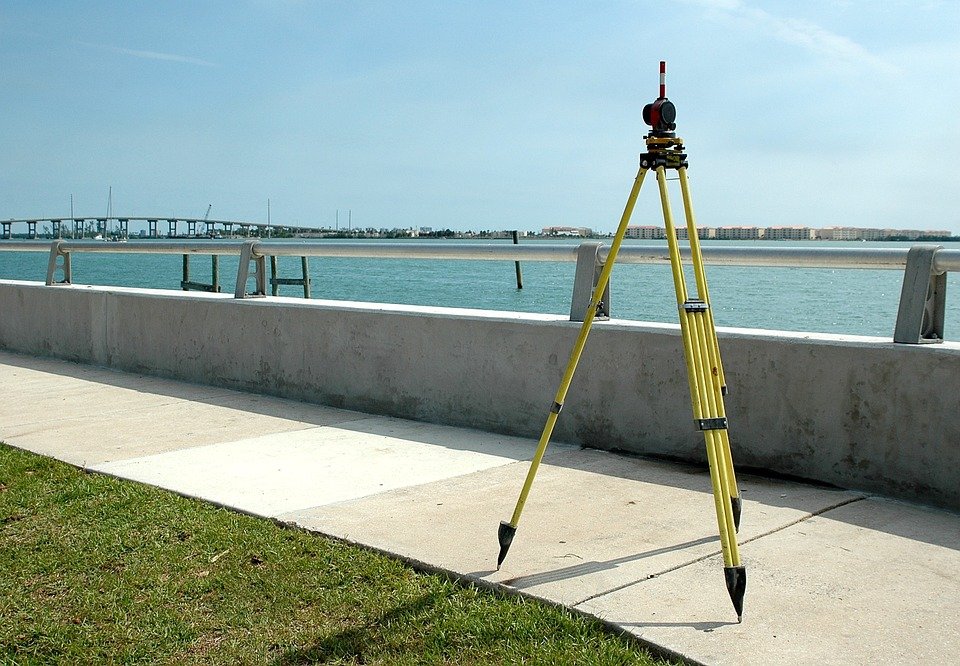[ad_1]
Understanding the Benefits of Contour Surveying for Improved Accuracy
Surveying is an essential part of any construction or land development project, and the accuracy of the survey data is critical for the success of the project. There are various methods of surveying that can be used, and one of the most effective for accuracy is contour surveying. In this article, we’ll discuss the benefits of contour surveying and how it can help improve accuracy for your project.
What is Contour Surveying?
Contour surveying is a type of surveying that uses lines of constant elevation, known as contour lines, to represent the shape of the land. Contour lines are used to create a two-dimensional map of the land, which can be used to measure distances, angles, and elevations. Contour surveying is used extensively in civil engineering, construction, and land development projects.
Benefits of Contour Surveying
Contour surveying offers several advantages over other types of surveying. Here are just a few of the benefits that it can provide:
1. Improved Accuracy
The most significant advantage of contour surveying is that it can provide much greater accuracy than other types of surveying. The contour lines are measured with a high degree of precision, ensuring that the data provided is extremely accurate. This increased accuracy is especially important for projects involving land development and construction, where small inaccuracies can have a major impact.
2. Cost-Effectiveness
Contour surveying is also much more cost-effective than other types of surveying. The use of contour lines eliminates the need for expensive and time-consuming field surveys, which can be costly and time-consuming. This makes it a great option for projects with tight budgets or deadlines.
3. Easier to Interpret
Contour surveys are much easier to interpret than other types of surveys. The use of contour lines makes it much simpler to visualize the shape of the land and make more accurate measurements. This makes it much easier to identify potential problems or errors before they become costly mistakes.
4. Easier to Update
Contour surveying is also much easier to update than other types of surveys. As the land changes over time, the contour lines can be easily updated to reflect the new terrain. This makes it much easier to keep the survey data accurate and up-to-date.
Conclusion
Contour surveying is an effective and cost-effective way to survey land, and it offers several advantages over other types of surveying. The use of contour lines can provide greater accuracy, cost-effectiveness, easier interpretation, and easier updating. All of these benefits make contour surveying an excellent option for any project that requires accurate surveying data.
[ad_2]



